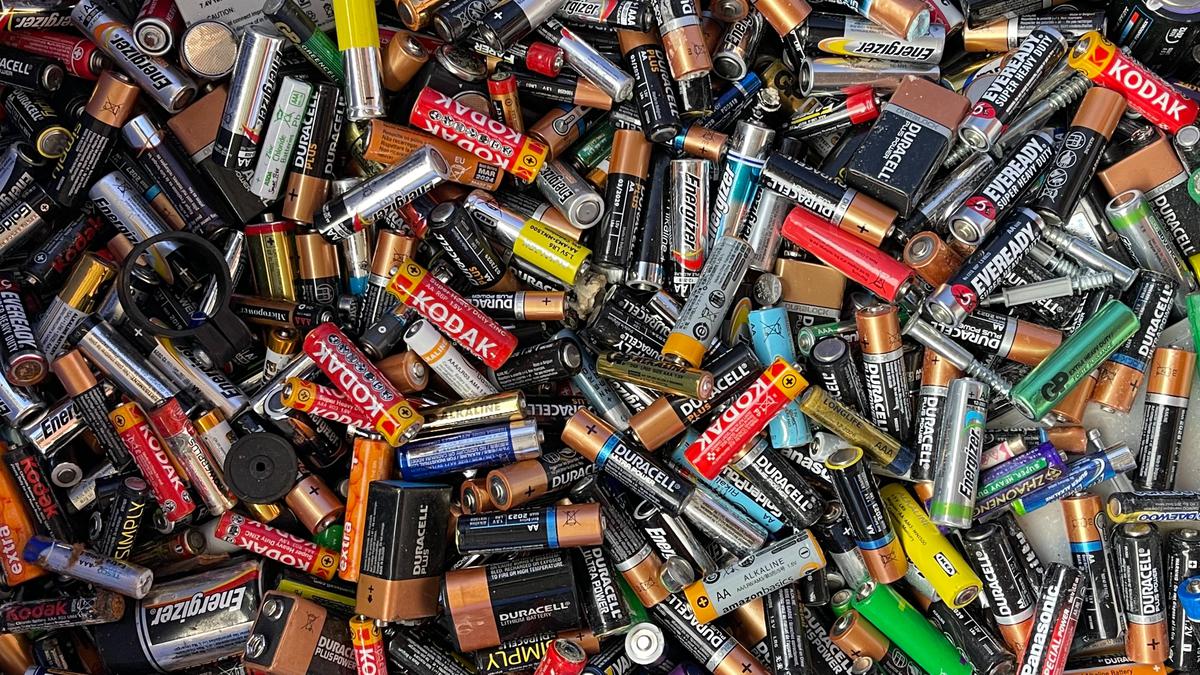
How does an electric battery work and what are the different types? | Explained Premium
The Hindu
Batteries are collections of cells, and corrosion can degrade their performance. Li-ion batteries and EVs are two examples of batteries in the news. Hydrogen fuel cells are of great interest for the green hydrogen economy.
The electric battery has increased the penetration of motorisation and wirelessness in our lives. Electric batteries hold and release electrical energy that they have acquired by converting other forms of energy. The conventional variety acquires this from chemical energy.
As portable sources of electric power, batteries are at the foundation of what convenience means today in industrialised societies. Innovations to improve the efficiency with which they handle electric energy will determine what such convenience as well as sustainability mean tomorrow.
All chemical reactions are fundamentally about how the electrons in the bonds between atoms are rearranged. The bridge between this fact and the electrochemical cells that were the precursors of modern batteries is most apparent in an experiment that Luigi Galvani conducted in 1780. Galvani touched together two plates of different metals and then touched both at the same time to a frog’s leg. He found that the leg contracted but couldn’t say why.
The next major pre-industrial innovation on this front was the voltaic pile built by Alessandro Volta in 1800. This cell consisted of copper and zinc plates arranged in alternating fashion, separated by sheets of paper soaked in salty water. Volta found that this set-up could produce a steady current for some time but, like Galvani, couldn’t explain why.
The British chemist John Daniel improved on Volta’s design: he filled a copper pot with copper sulphate, and inside that placed an earthen pot containing a zinc electrode sitting inside sulphuric acid. This more sophisticated set-up could produce an electric current for an even longer duration.
Then, in the early 19th century, Michael Faraday worked out why these cells worked the way they did, and named its various components (anode, cathode, electrolyte, etc.).
A voltaic, or galvanic, cell uses redox reactions to produce an electric current. The cell consists of two half-cells. Each half-cell is made of a metal electrode immersed in an electrolyte of that metal – say, a zinc electrode in zinc sulphate and a copper electrode in copper sulphate.





















 Run 3 Space | Play Space Running Game
Run 3 Space | Play Space Running Game Traffic Jam 3D | Online Racing Game
Traffic Jam 3D | Online Racing Game Duck Hunt | Play Old Classic Game
Duck Hunt | Play Old Classic Game











